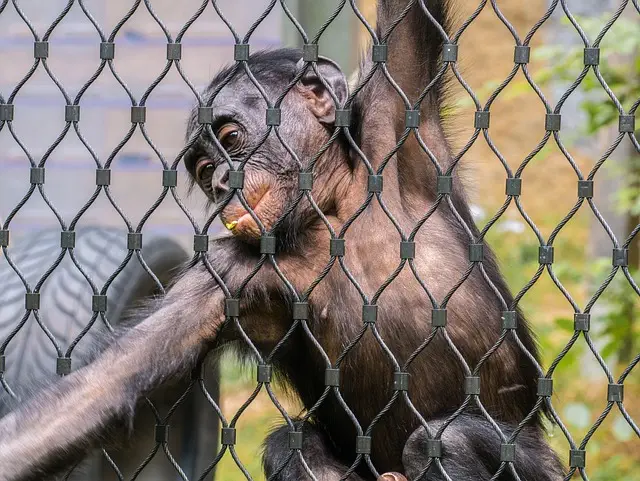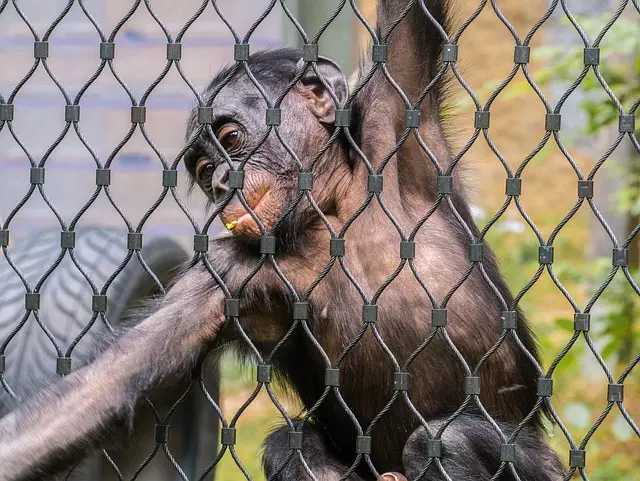Maeng Da Kratom, a potent strain of Mitragyna speciosa from Southeast Asia, is valued for its high alkaloid content and distinctive leaf characteristics, offering stimulating and analgesic benefits at lower doses compared to other Kratom strains. Its larger, darker leaves are believed to have a more concentrated alkaloid profile, particularly mitraphylline and 7-hydroxymitragynine. The text also draws parallels with the historical Egyptian blue lotus flower tea (Nymphaea caerulea), celebrated in ancient Egyptian culture for its sedative qualities and praised for its antioxidant and flavonoid content that supports mental acuity and relaxation without drowsiness. A synergistic pairing of these two potent substances is suggested to produce a balanced effect, but users are cautioned to approach such combinations with care due to their potency. It's essential for individuals to follow safe dosage practices and consider personal health factors when experimenting with this combination or using either substance independently. The text emphasizes the importance of responsible use and adherence to medical guidance in the context of incorporating these natural stimulants into a wellness routine, with ongoing research into their benefits and regulatory oversight guiding their safe consumption.
Maeng Da Kratom Powder emerges as a prominent figure in the realm of natural wellness supplements, captivating attention for its potent effects and rich heritage. This article delves into the intricacies of Maeng Da, a unique strain originating from the verdant forests of Thailand. We will explore its distinct properties, trace its roots, and compare it with another venerated natural stimulant: Egyptian Blue Lotus Flower Tea. As we navigate through the nuances that set Maeng Da apart, we invite readers to discover how these botanical wonders can contribute to their health and well-being. Join us on this enlightening journey to understand the alchemy behind Maeng Da Kratom Powder and its place alongside the revered Egyptian Blue Lotus Flower Tea in the pantheon of natural remedies.
- Unveiling the Potency of Maeng Da Kratom Powder: A Comprehensive Guide
- The Alchemy of the Thai Kratom Leaf: Understanding Maeng Da's Origins and Effects
- Maeng Da vs. Egyptian Blue Lotus Flower Tea: Comparing Natural Stimulants for Well-being
Unveiling the Potency of Maeng Da Kratom Powder: A Comprehensive Guide

Maeng Da Kratom, often hailed for its potent alkaloid profile, has garnered attention in botanical and herbal supplement circles. This strain of Mitragyna speciosa, native to the dense forests of Southeast Asia, is distinguished by its unique leaf structure, which contributes to its efficacy and distinct effects. The leaves of Maeng Da are larger and possess a darker hue compared to other Kratom strains, which some believe correlates with a higher concentration of alkaloids, including those responsible for the plant’s psychoactive properties. Users often turn to Maeng Da Kratom for its stimulating and analgesic effects, which can be felt at lower doses than many other Kratom varieties.
In the realm of herbal supplementation, the discussion surrounding the potency of Maeng Da often intertwines with that of the Egyptian blue lotus flower tea, known as ‘Nymphaea caerulea’. This tea is revered for its historical significance in Egyptian culture and its potential synergistic effects when combined with Kratom. The blue lotus is celebrated for its sedative properties, which may complement the stimulating or balancing effects of Maeng Da Kratom. While the combination of these two substances should be approached with caution due to their individual potencies, many enthusiasts report a harmonious balance when consumed together. It’s advisable for individuals considering this combination to do so under informed guidance and within appropriate dosage parameters to ensure safety and optimal well-being.
The Alchemy of the Thai Kratom Leaf: Understanding Maeng Da's Origins and Effects

Maeng Da Kratom, renowned for its distinctive effects, is a strain of Mitragyna speciosa native to the dense jungles of Thailand. The leaves from which this potent form of kratom is derived are harvested with precision and care, reflecting the alchemy inherent in the process. The unique conditions of Thailand’s climate, particularly its soil composition and humid environment, contribute to the development of Maeng Da’s potency. This strain is often associated with a more elevated effect compared to other kratom varieties, providing users with a spectrum of sensations from invigoration to relaxation, depending on the dosage.
The origins of Maeng Da are deeply intertwined with Thailand’s rich botanical heritage. The term “Maeng Da” itself translates to “Pimper’s Broom,” which refers to the way the leaves are harvested and processed, involving a process that includes drying and aging under the sun. This traditional method enhances the alkaloid content within the leaves, particularly mitraphylline and 7-hydroxymitragynine, which are believed to contribute to Maeng Da’s effects. In some cultures, the enhancement of plant properties is likened to the ancient practice of incorporating the Egyptian blue lotus flower tea, which similarly seeks to elevate the mind and body through natural means, underscoring the timeless human quest for herbal enlightenment and well-being.
Maeng Da vs. Egyptian Blue Lotus Flower Tea: Comparing Natural Stimulants for Well-being

Maeng Da Kratom and Egyptian Blue Lotus Flower Tea are both celebrated in their respective herbal circles for their potential to enhance well-being. Maeng Da, originating from the Mitragyna speciosa tree native to Southeast Asia, is renowned for its alkaloid profile, which includes 7-hydroxymitragynine, a compound that contributes to its stimulating effects. Users often report feelings of increased energy, focus, and mood elevation after ingestion. In contrast, the Egyptian Blue Lotus Flower Tea, derived from the Nymphaea caerulea plant, has a storied history in ancient Egypt, where it was used for its calming properties and as a spiritual aid. The tea is rich in flavonoids and antioxidants that are believed to support mental clarity and promote relaxation without drowsiness.
When comparing these natural stimulants, it’s clear that while both can contribute to an individual’s sense of well-being, their effects and mechanisms of action differ significantly. Maeng Da Kratom is typically consumed in powder form and is known for its potent stimulating properties, which may be ideal for those seeking an energy boost during the day. On the other hand, Egyptian Blue Lotus Flower Tea is usually enjoyed as a beverage and is often associated with relaxation and meditative states, making it a popular choice for evening consumption or as part of a wind-down routine. Users should always approach both substances with caution, adhering to recommended dosages and considering their unique physiology and health conditions. It’s also essential to note that while both are used by some for their potential benefits, research is ongoing, and regulatory bodies may have specific guidelines or restrictions regarding their use. As such, individuals interested in incorporating these natural stimulants into their wellness regimen should do so responsibly and ideally under the guidance of a healthcare provider.
Maeng Da Kratom Powder emerges as a potent and distinct natural stimulant, offering a multifaceted impact on well-being. Its origins in the dense forests of Thailand imbue it with unique properties that set it apart from other kratom strains. When contrasted with Egyptian Blue Lotus Flower Tea, both Maeng Da and this ancient herbal remedy reveal their individual places within the realm of natural enhancements for health and vitality. Users may explore these options to find personalized benefits, with Maeng Da’s effects being particularly pronounced and long-lasting. This comprehensive guide aims to shed light on Maeng Da’s alchemy and its potential role in one’s daily regimen for enhanced wellness.






